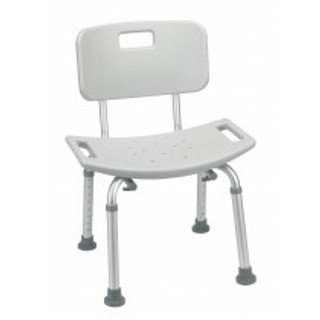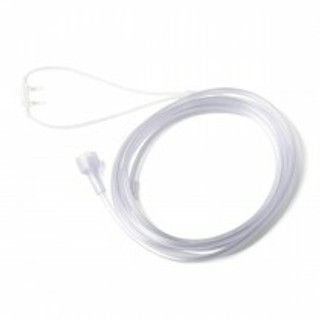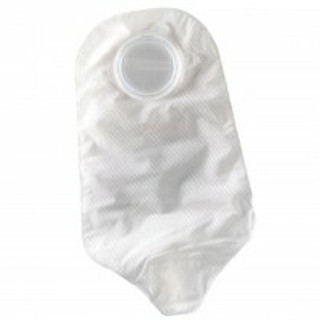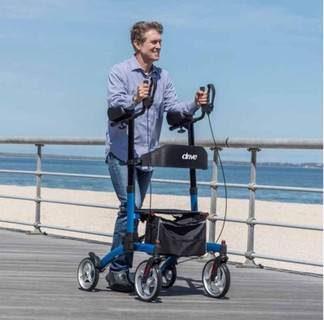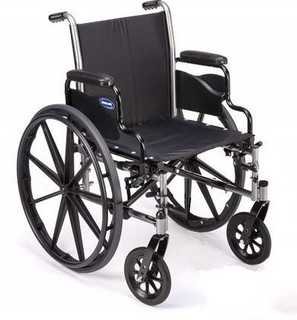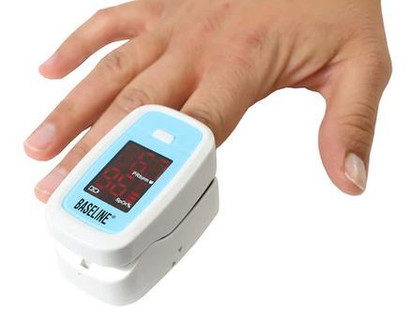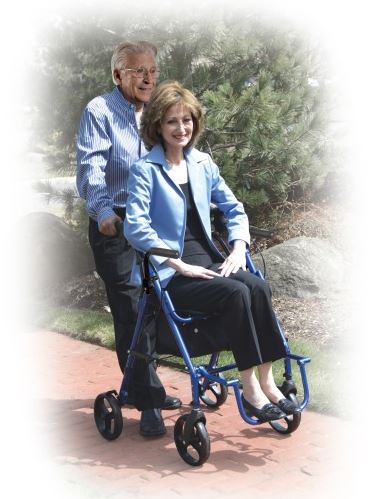Wheelchair Safety: Essential Tips for Users and Caregivers
Whether you are a wheelchair user or a caregiver, ensuring safety is a top priority. Wheelchairs are vital tools for mobility, independence, and improving the quality of life for many people. However, like any piece of equipment, they must be used correctly and maintained regularly to prevent accidents and injuries. This article offers essential tips on wheelchair safety to help you stay safe and secure.
1. Regular Maintenance Checks
- Inspect the Tires: Regularly check the tires for wear and tear. If they are pneumatic, ensure they are properly inflated. Worn or underinflated tires can make the wheelchair difficult to maneuver and increase the risk of tipping.
- Examine Brakes: Ensure that the brakes are functioning correctly. The wheelchair should not move when the brakes are engaged. If you notice any issues, such as the brakes not holding or being difficult to engage, have them repaired immediately.
- Check the Seat and Upholstery: The seat should be free from tears and sagging. Damaged upholstery can cause discomfort and lead to pressure sores, which can become serious if not addressed.
2. Proper Use of Seat Belts and Restraints
- Always Use Seat Belts: Many wheelchairs come with seat belts for a reason—they help prevent falls. Make sure the seat belt is fastened securely whenever the wheelchair is in motion.
- Consider Additional Restraints: For individuals who have difficulty maintaining an upright posture, additional restraints, such as chest or shoulder straps, may be necessary to ensure safety.
3. Safe Transfers
- Use a Transfer Board: If you or the person you are assisting finds it challenging to move from the wheelchair to another seat, a transfer board can help. It provides a stable bridge, reducing the risk of falls.
- Lock the Wheels: Always lock the wheelchair’s wheels before transferring to or from the chair. This prevents the wheelchair from moving during the transfer, which could cause a fall.
4. Navigating Inclines and Declines
- Ascend Slopes with Caution: When going uphill, lean slightly forward to maintain balance. If the slope is steep, it might be safer to ascend backward to prevent tipping over.
- Descend Slopes Slowly: When going downhill, lean back slightly and descend slowly. Using the wheelchair’s brakes intermittently can help control the speed and prevent accidents.
5. Be Mindful of Environmental Hazards
- Avoid Uneven Surfaces: Gravel, grass, and other uneven surfaces can make it difficult to maneuver the wheelchair and increase the risk of tipping. Stick to smooth, flat surfaces whenever possible.
- Watch for Obstacles: Cords, rugs, and other obstacles can cause the wheelchair to tip or become stuck. Ensure pathways are clear and free of hazards.
6. Proper Posture and Positioning
- Maintain Good Posture: Sitting in a wheelchair for extended periods can lead to discomfort or injury if not done correctly. Ensure that the user sits with their back straight and hips positioned well back in the seat.
- Use Cushions for Support: A cushion can provide extra support and prevent pressure sores. Choose a cushion that distributes weight evenly and offers proper support.
7. Emergency Preparedness
- Know How to Stop Quickly: Practice using the wheelchair’s brakes so that you can stop quickly in an emergency. Knowing how to maneuver the chair swiftly and safely can be crucial in avoiding accidents.
- Have a Plan for Power Outages: If you use a powered wheelchair, ensure you have a plan in case of a power outage or battery failure. Keep a manual wheelchair as a backup, or have a plan for recharging or replacing the battery.
8. Training and Education
- Take a Safety Course: Many organizations offer wheelchair safety courses that can teach users and caregivers how to operate wheelchairs safely. These courses often cover proper techniques for navigating various terrains, performing transfers, and handling emergencies.
- Educate Caregivers: If you are a caregiver, it’s essential to be well-versed in wheelchair safety. This knowledge can prevent accidents and ensure the well-being of the person you’re caring for.
Conclusion
Wheelchair safety is a shared responsibility between the user, caregivers, and healthcare providers. By following these tips, you can help prevent accidents and ensure a safer, more comfortable experience for wheelchair users. Regular maintenance, proper use of equipment, and being mindful of your environment are all key to staying safe. Remember, safety is not just about preventing accidents—it's about enhancing the quality of life by ensuring mobility and independence.
SafeWell Medical Supply carries a wide range of wheelchairs and transport chairs to suit your every need. Click below to see all our name brand most popular wheelchairs.





